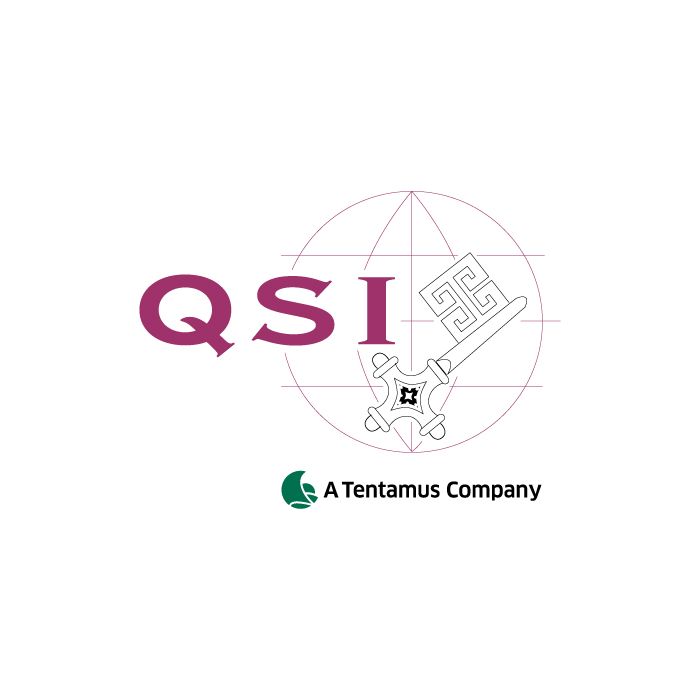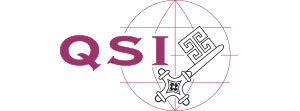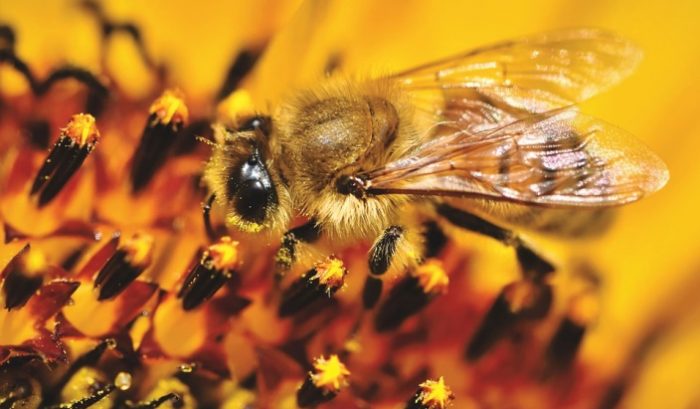Legal requirements for honey are laid down in the EU Honey Directive 2001/110/EC (based on Codex alimentarius) in which e.g. quality parameters like moisture content, HMF or diastase activity are defined for honey in general. In order to label a specific botanical origin, the product must come wholly or mainly from the indicated source and possess the organoleptic, physico-chemical and microscopic characteristics of the floral source (article 2, 2 (b)). On EU level there is no harmonisation yet for the definition of monofloral honey types. Whereas for honey intended to be marketed in Germany the so called “Leitsätze” for honey (German guidelines for officials and industry) are applied for some monofloral honey types such as Rape, Acacia or Sunflower. Each specification covers the minimum pollen content (as estimation for the main nectar source), ratio of fructose to glucose (F/G ratio), electrical conductivity, colour and organoleptic properties (appearance, odour, taste and consistency). In order to declare the floral origin, all these criteria should be fulfilled.
The microscopic characteristics are determined by pollen analysis (melissopalynology), where the botanical and geographical origin can be identified. The required minimum pollen content depends on the flower morphology, pollen size and pollen production of the plants. Some plants produce more pollen than nectar, some produce very small pollen types, resulting in high counts as overrepresented. Whereas in cases like French lavender (sterile flowers) or Orange, pollen is underrepresented resulting in low counts but high nectar percentage. For some monofloral honeys, in addition to organoleptic properties we can quantify characteristic aroma components or a characteristic sugar profile. For example a low F/G ratio (about 1,00) is typical for Brassica honey and a high F/G (> 1,55) for Robinia honey. Also the minimum content of methylantranilate in orange honey or the gelatinous consistency (thixotropy) of Calluna honey are other specific characteristics, which are included to the specifications of German guidelines.
Consequently, QSI has so far offered special analysis codes for Calluna honey (Code 221), Orange honey (Code 222) and Robinia (Acacia) honey (Code 223), in which one characteristic marker for these monofloral honeys is analysed together with the pollen analysis. From now on we also offer you analysis packages for the complete analysis of monofloral honeys according to German guidelines for honey as follows: package code 36135 includes all main parameters specified in the guidelines like colour, F/G and pollen analysis. Further packages for Calluna honey (Code 36137), Robinia (Acacia) honey (Code 36136) and Orange honey (Code 36138). Additionally you will receive a final judgement for compliance with the guidelines. This conclusion makes it easier for you, to sell your honey in Germany as monofloral honey.
Do you have further questions about pollenanalysis?
Please do not hesitate to contact us:
Email: info@qsi-q3.de
Tel: +49 (0)421 / 59 66 070
Bremen, 10.02.2020 

